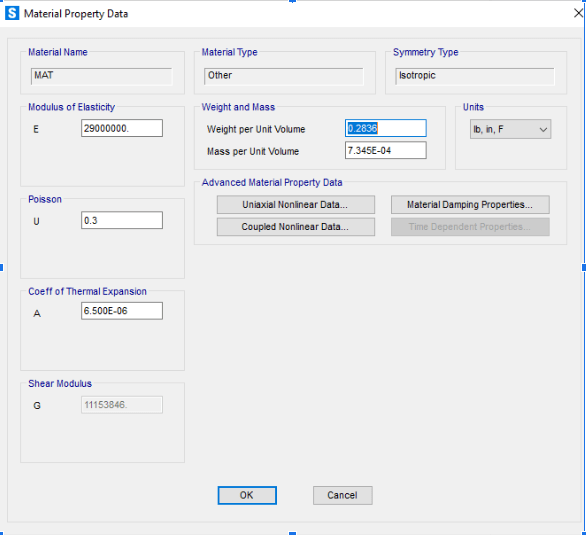maddie_sanders
Student
Hello,
I am trying to create a new material that does not fall under any of the materials in "Material Type." I therefore chose "Other." However, under "Other" material properties there is no spot to put the yield stress of the location. Because I want to do a crushing analysis of the model, the yield stress is important to define. Does anyone know where to define this? Could I choose one of the material types (even though it isn't correct) and just change all of the properties to match with the material. All of the defined material types have a location for yield stress. However, I feel like this may cause issues and there must be a way to add this for an "other" material.
Any help is greatly appreciated!!
I am trying to create a new material that does not fall under any of the materials in "Material Type." I therefore chose "Other." However, under "Other" material properties there is no spot to put the yield stress of the location. Because I want to do a crushing analysis of the model, the yield stress is important to define. Does anyone know where to define this? Could I choose one of the material types (even though it isn't correct) and just change all of the properties to match with the material. All of the defined material types have a location for yield stress. However, I feel like this may cause issues and there must be a way to add this for an "other" material.
Any help is greatly appreciated!!


